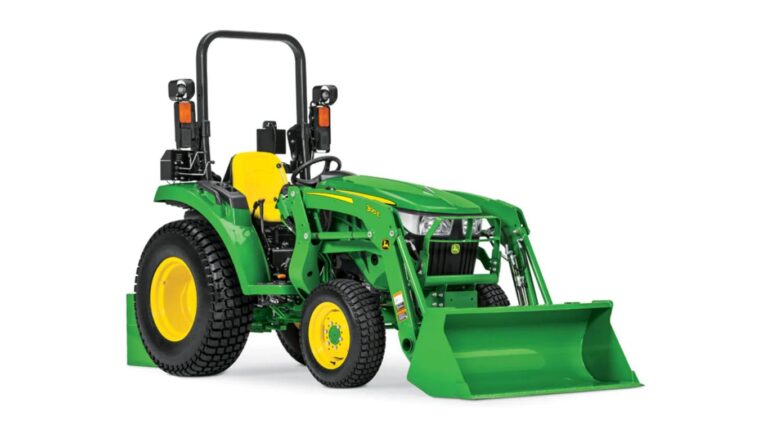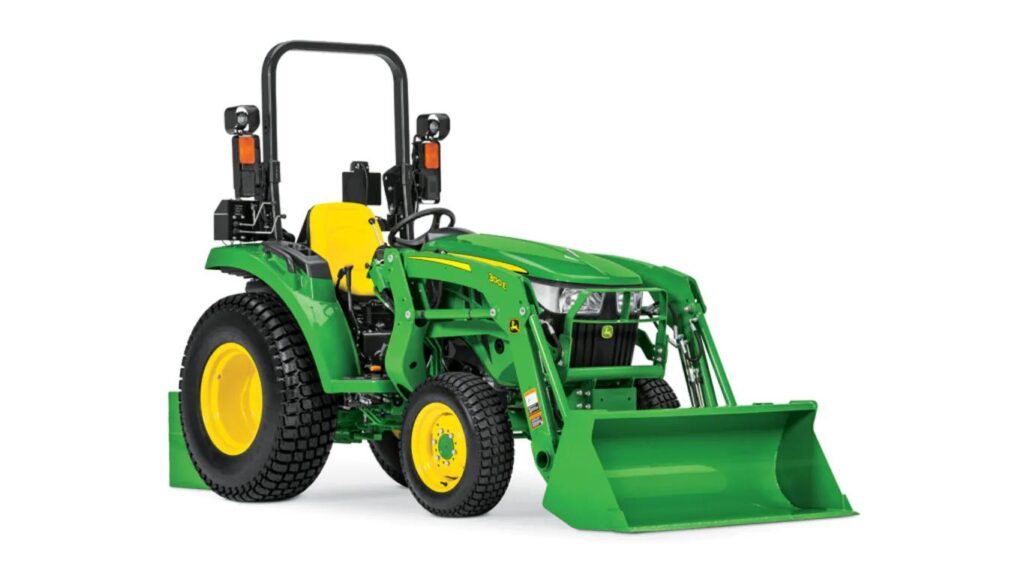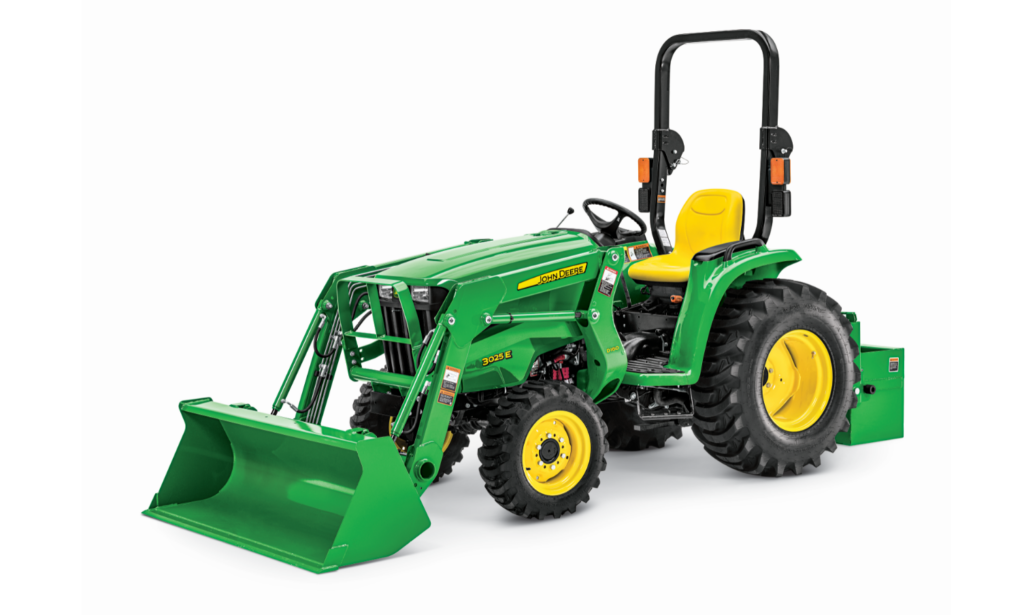
John Deere 3025D vs. 3025E
When you’re comparing models in the 3 family it’s important to take a look at the 3025D vs 3025E. Both of these tractors offer plenty of similarities, but there are some distinct differences that might help you when you’re evaluating these two models.
See the Difference Compare Models
 |
 |
SPECS |
John Deere 3025D |
John Deere 3025E |
|---|---|---|
| Key Specs - Engine power (gross) | 18.2 kW 24.4 hp |
18.2 kW 24.7 hp |
| Key Specs - Power take-off (PTO) power | 15.4 kW 20.7 hp |
14.4 kW 19.4 hp |
| Key Specs - Standard transmission; forward/reverse | 8F/8R synchromesh shuttle shift gear transmission | Hydrostatic transmission (HST) |
| Key Specs - Hitch type | Category 1 | Category 1 |
| Dimensions - Wheelbase | 1574 mm 62 in. |
159.5 cm 62.8 in. |
| Dimensions - Turning radius without brakes | 2.9 m 9.4 ft |
|
|
|
|
The Similarities Between the 3025D and the 3025E
When looking at the John Deere 3025D and John Deere 3025E, there are several similarities that make each an excellent option for many homeowners. Luckily, both options include the same Category 1 hitch type and are 4WD, allowing you to operate through difficult terrain with the same attachments, but beyond that, there are plenty of differences between the 3025E specs and the 3025D.
Differences Between the 3025D and the 3025E
Comparing these two tractors showcases all the differences each product has to offer, which is why looking at the 3025E vs 3025D will help you find the perfect equipment for your needs and project constraints.
Power – Both models are capable of handling a wide range of tasks, but the 3025E is the slightly more powerful of the two. They feature engines from Yanmar and are Final Tier 4 emissions compliant. The 3025D offers 24.4 HP of gross engine power whereas the 3025E offers 24.7 HP. Both have different power take-off capabilities as well, with the John Deere 3025E offering 19.4 HP and the John Deere 3025D with 20.7 HP.
Transmission – Each model comes with different standard transmission options. The 3025E is equipped with a hydrostatic transmission whereas the John Deere 3025D touts an 8F/8R synchromesh shuttle shift gear transmission.
Lift Capacity – The 3025E tractor has impressive capabilities, lifting up to 1,356 lbs, while the 3025D tractor can lift 2,081.2 lbs, providing more usability with larger loads.
Turning Radius – Do you need to experience quick and seamless turns? The John Deere 3025E has the tightest turning radius in its horsepower class, with 9.4 ft without breaks and a wheelbase of 62.8 inches. The John Deere 3025D experiences a 5.3 ft turning radius with breaks of 62 inches.
Operator Station – The 3025D tractor delivers a right-hand side gear shift with a straddle platform. That is quite different than the 3025E, which provides a semi-flat platform with left-handed side gear shift controls.
Which one is right for you?
When looking at the John Deere 3025 vs 3025D, it’s clear that even though they’re in the same operating family, they have important differences that would impact your decision.
The John Deere 3025E is more powerful on the move but is slightly less impressive when driving implements. Depending on your project, this might steer your decision-making process. Make sure to consider the John Deere 3025E power capabilities and determine if that’s crucial to your homestead’s needs.
The most significant difference is the variation in lift capabilities. For larger loads, the 3025D is the better choice. It can lift a significant amount of materials and handle heavier-duty projects.
Both are designed to be usable in a variety of situations, which means you might go back and forth between both of the options. With the help of our team of equipment experts, we’re sure you’ll end up with the perfect tractor for your needs.
If you’re still deciding which tractor works for you, contact your nearest local Papé Machinery Agriculture & Turf location by phone or in-person for further assistance.



